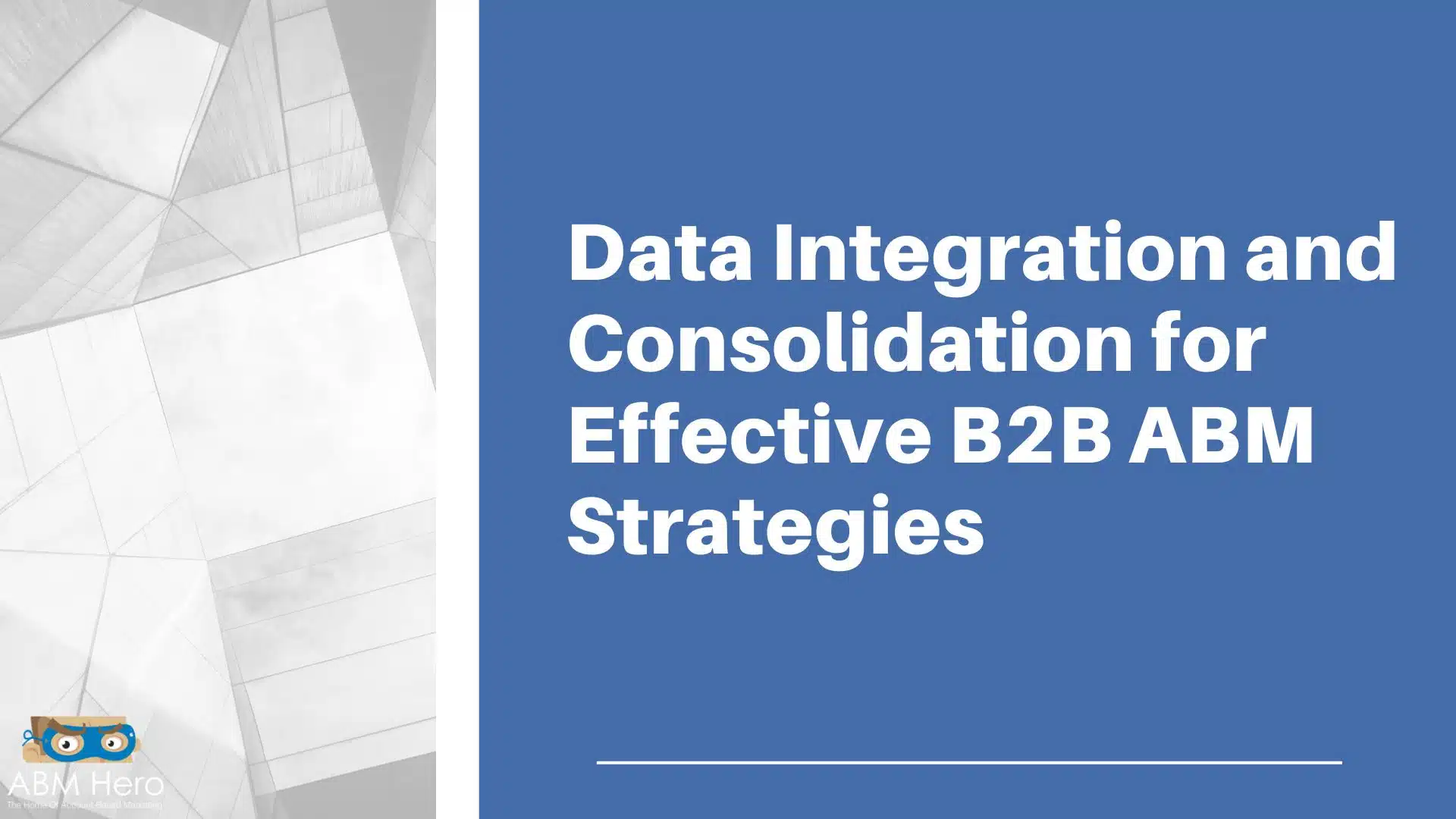In the ever-changing landscape of modern marketing, tracking accounts will help you stay ahead of the curve. As businesses strive... Read More »
What is Account-Based Display Advertising?
Imagine a lively carnival with flashy rides and buzzing crowds. In one quiet corner sits an unassuming booth, easy to... Read More »
Before technology-driven automation, collecting data required manual effort. B2B companies face numerous challenges in obtaining real-time data insights due to... Read More »
Data integration and consolidation are crucial for effective B2B Account-Based Marketing (ABM) strategies. It allows you to get a complete... Read More »
In today's fast-paced digital landscape, marketers constantly seek innovative ways to connect with their target audience and build lasting, meaningful... Read More »







